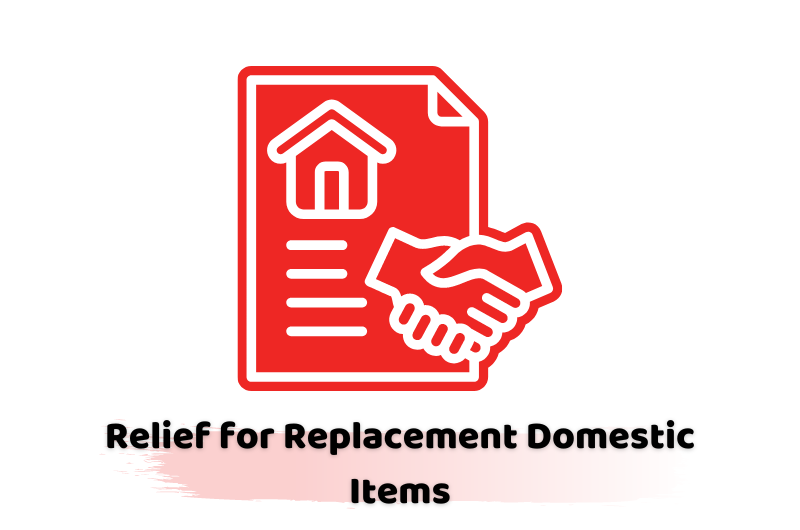If you let a furnished property, it is very likely that you will need to replace domestic items from time to time. A specific relief provides tax relief for the cost of replacing certain domestic items. The relief does not extend to the initial purchase of the items.
The relief is available to both unincorporated landlords and corporate landlords. However, it does not apply where the property is a furnished holiday letting or where rent-a-room receipts have been received.
Domestic items are items for domestic use such as movable furniture, furnishings, household appliances and kitchenware.
Conditions for Relief
Availability of the relief is contingent on the following four conditions being met:
- The individual or company must carry on a property business that includes the letting of one or more dwelling house(s).
- An old domestic item has been provided for use in the property and it is replaced with a new domestic item. The new item must be available for the exclusive use of the lessee, and the old item must no longer be available for their use.
- The new item must be used wholly and exclusively for the purposes of the business (such that a deduction for the cost of that item in computing taxable profits of the rental business would not be prohibited under the ‘wholly and exclusively rule’) but a deduction would be denied on the basis that the expenditure is capital expenditure.
- Capital allowances have not been claimed in respect of the expenditure on the new item.
Amount of the Relief
Tax relief is given as a deduction in calculating taxable profits for the cost of the new item on a ‘like-for-like’ basis. If the new item is superior to the old item, there is no relief for the cost of the improvement element. In this case, the deduction is equal to the lower of:
- the cost of the new item; and
- the cost that would have been incurred had the old item been replaced with an equivalent replacement.
Example
Andrew lets a furnished flat. He replaces an old washing machine (which cost £150) with a new washer-dryer that cost £325. An equivalent washing machine would cost £200.
As the washer-dryer is an improvement over the old washing machine, the full cost cannot be deducted. Instead, the deduction is capped at £200, which is the cost of a new washing machine equivalent to the model being replaced.
Incidental Expenditure
A deduction is also allowed for incidental capital expenditure, such as delivery and installation costs and the cost of disposing of the old item.
Sale Proceeds for Old Item
If the old item is sold, the amount of the deduction is reduced by the consideration received from the sale of that item. In the above example, had Andrew received £30 from the sale of the old washing machine, the deduction would be reduced by £30 to £170.
If the old item is part-exchanged for the new item, the deduction is the amount paid on top of the part-exchange value.
Partner Note: ITTOIA 2005, s. 311A; CTA 2009, s. 250A.





















































